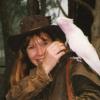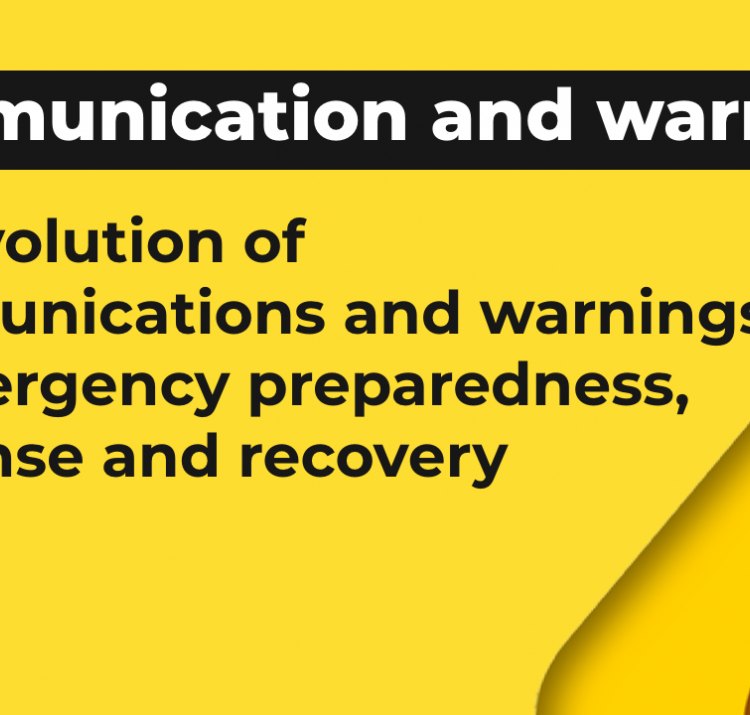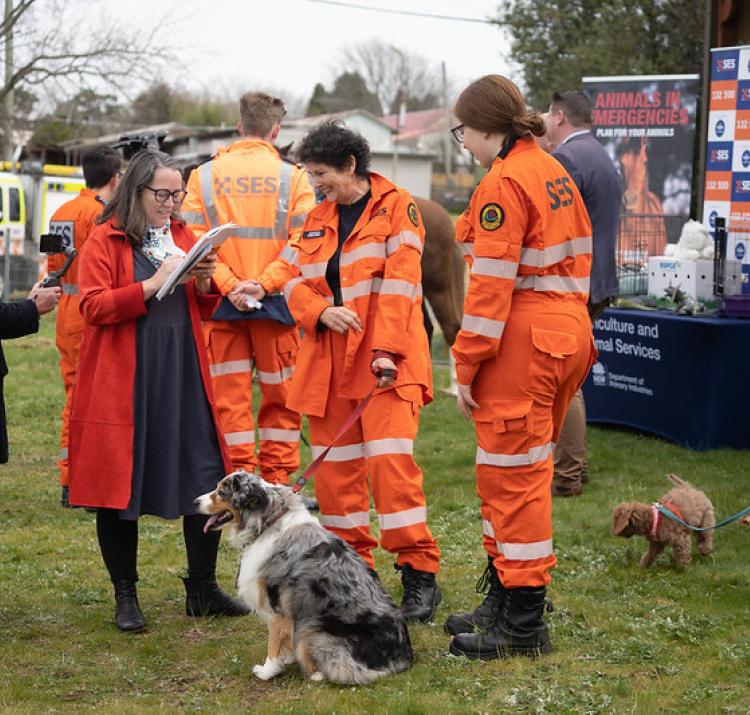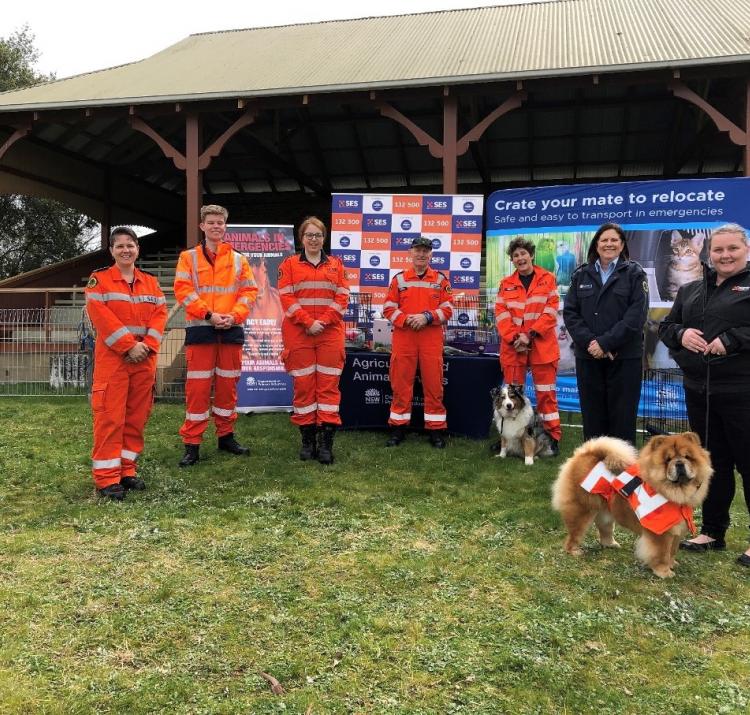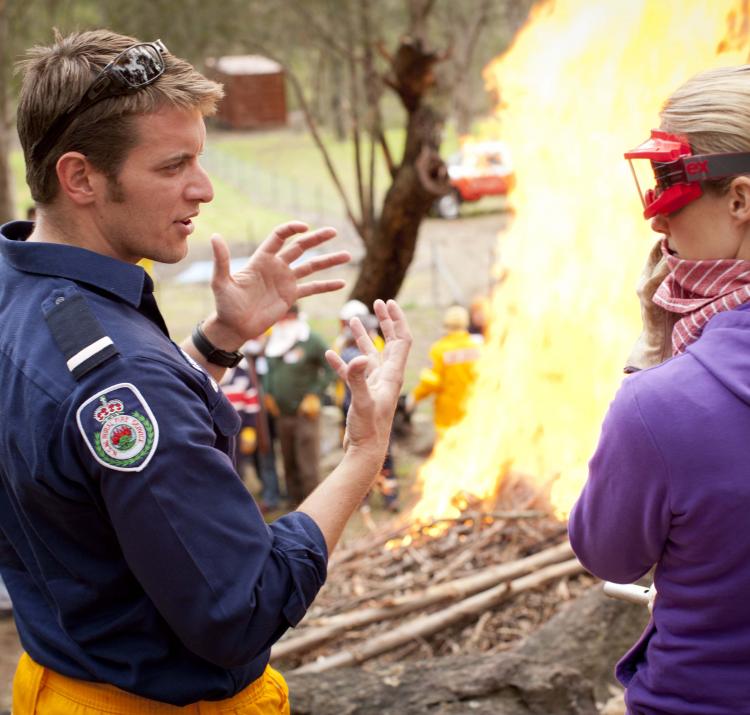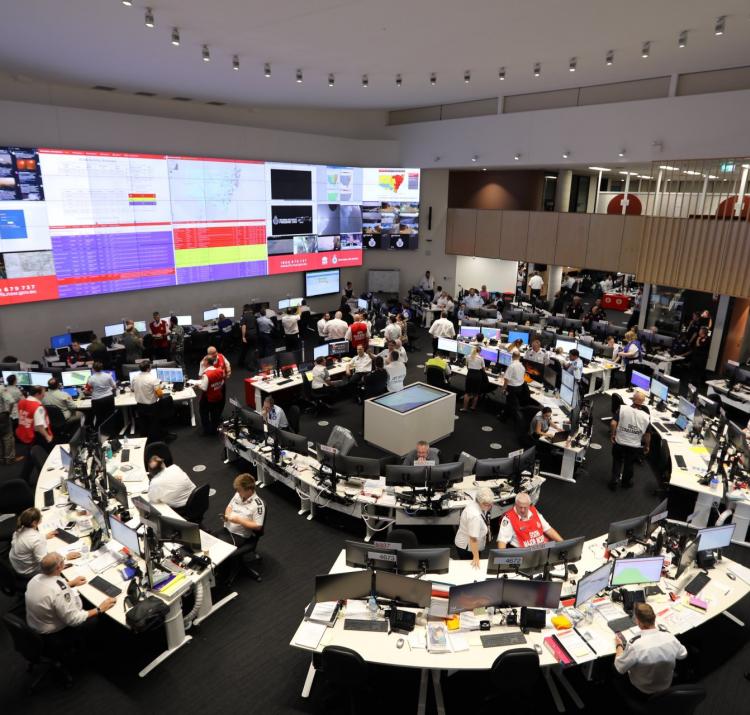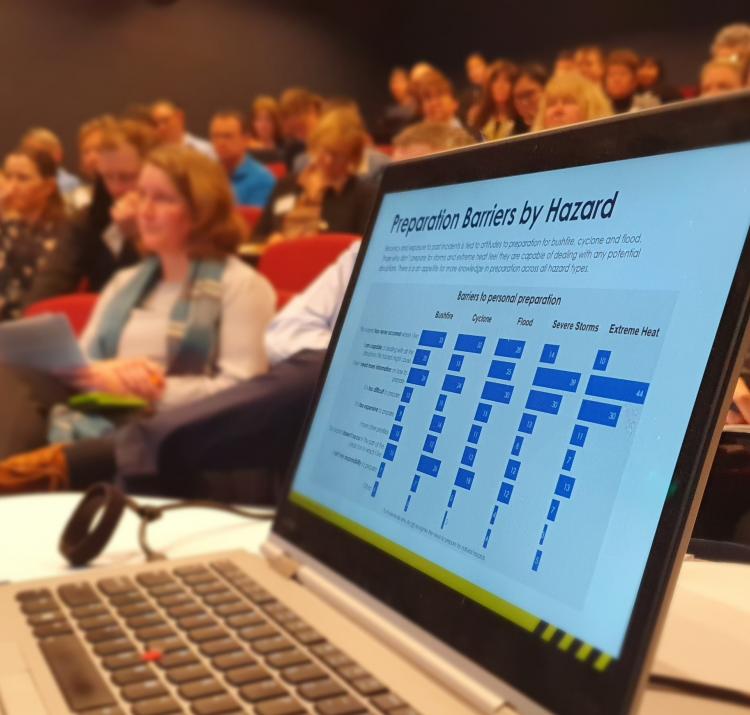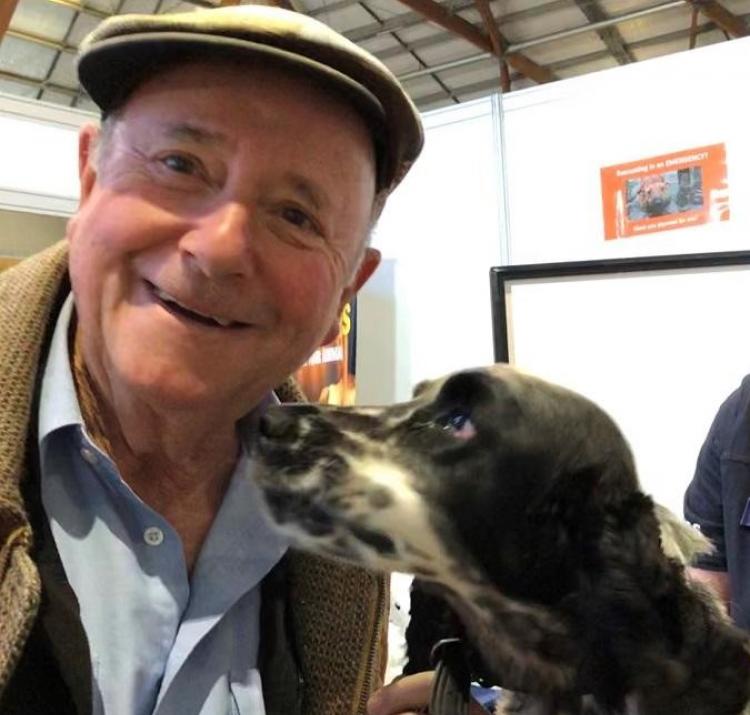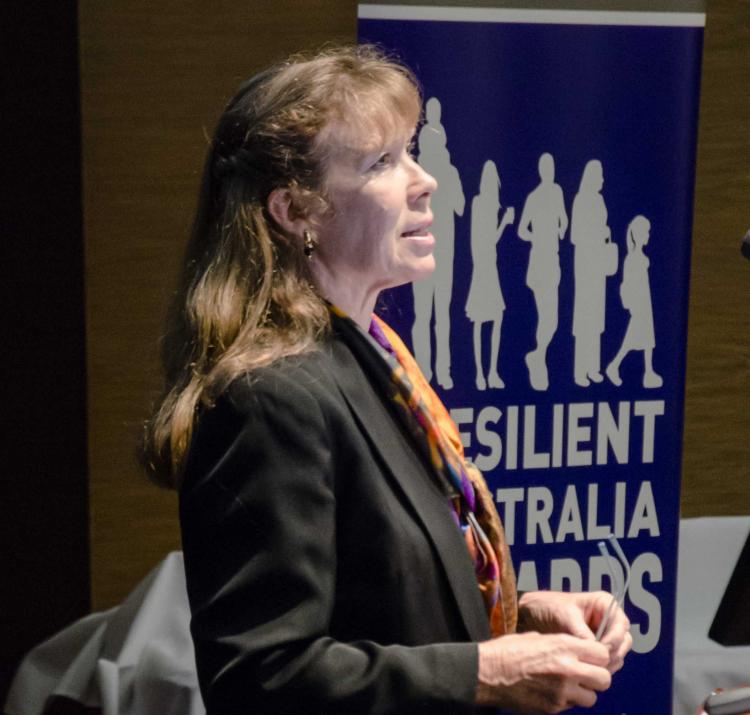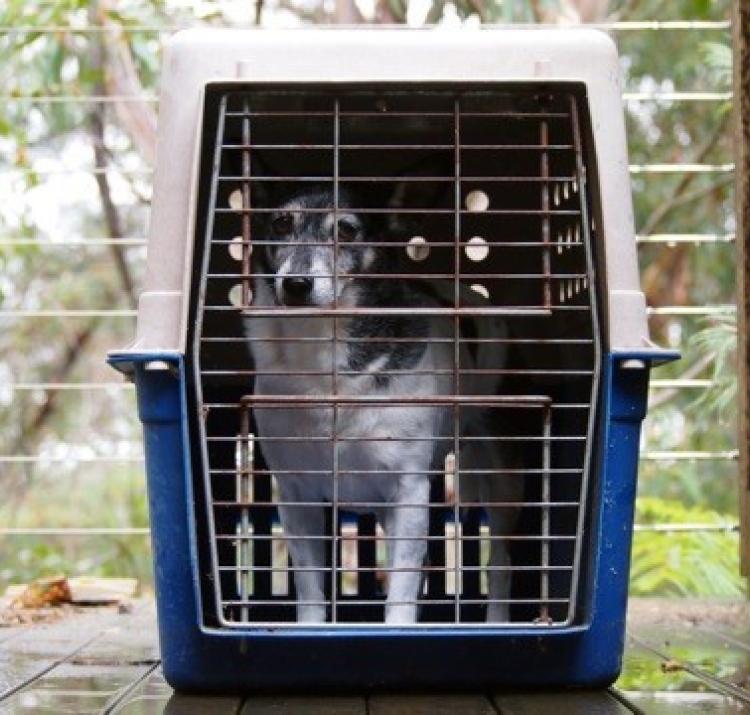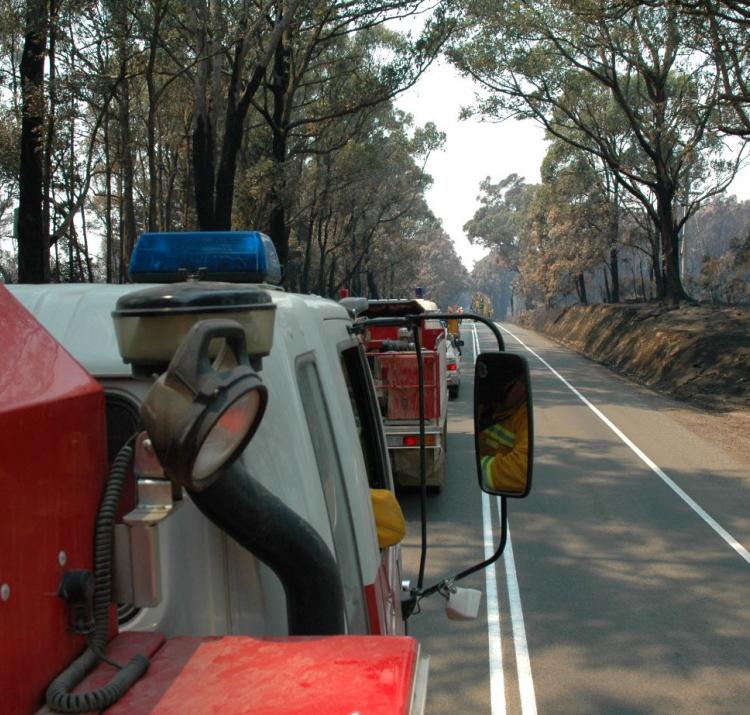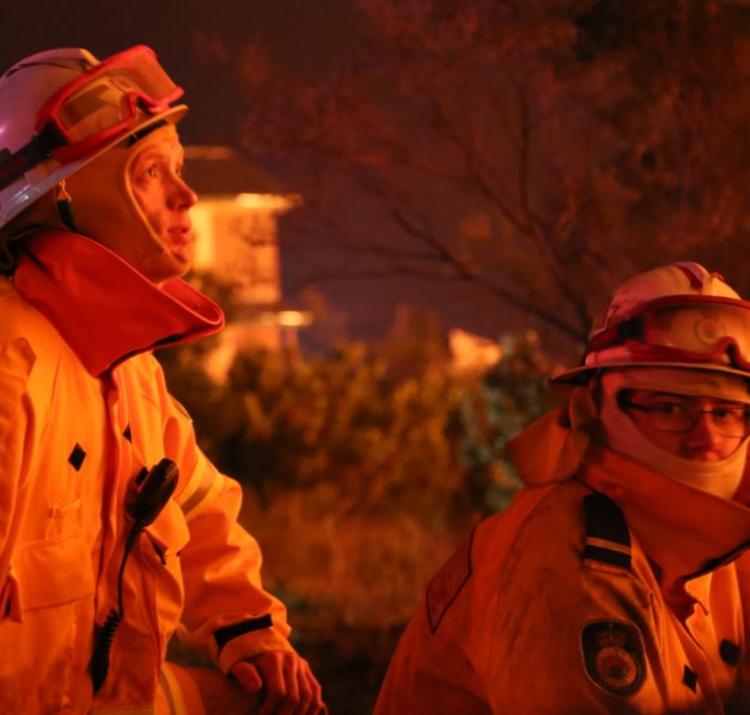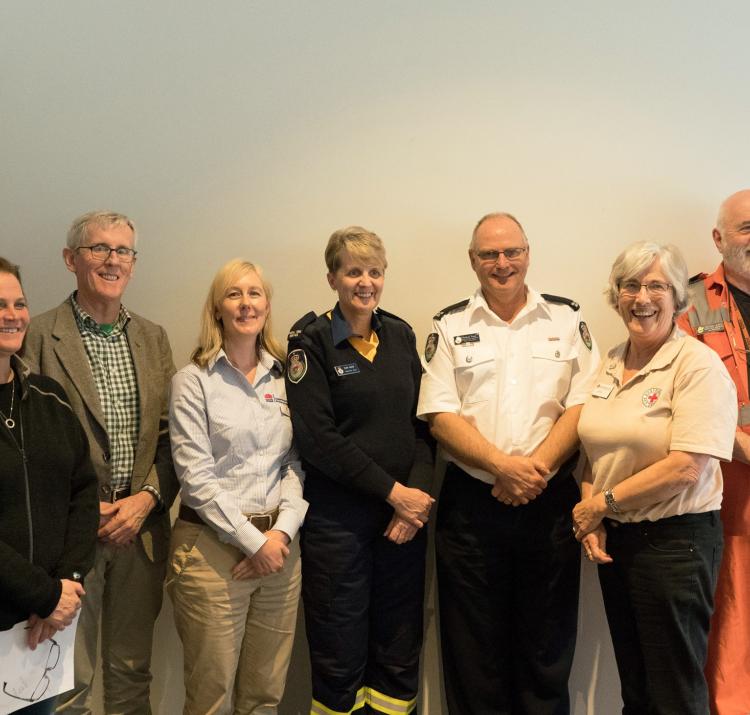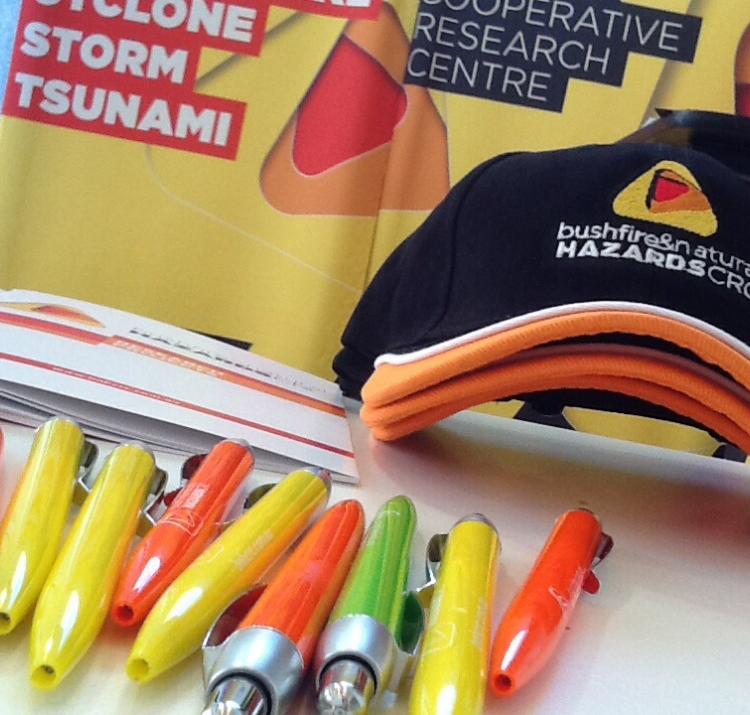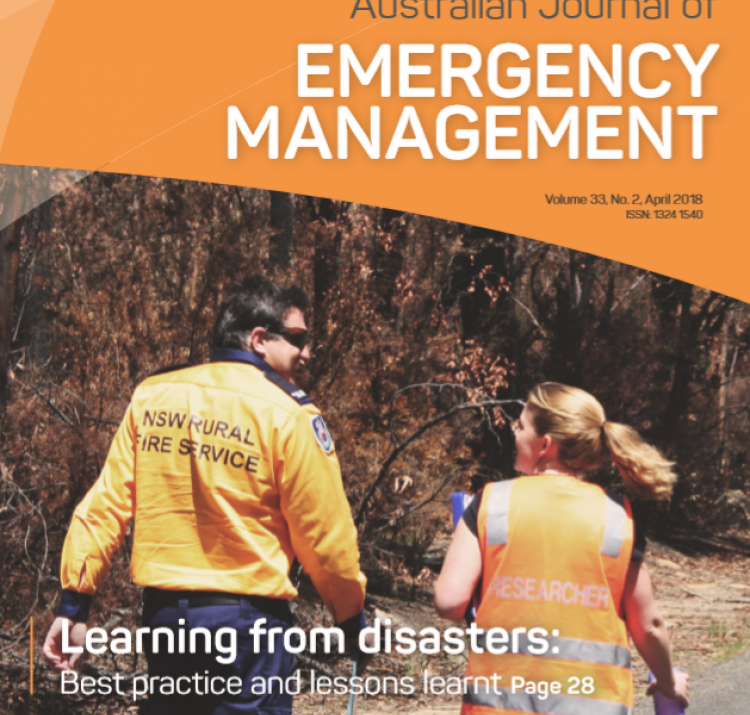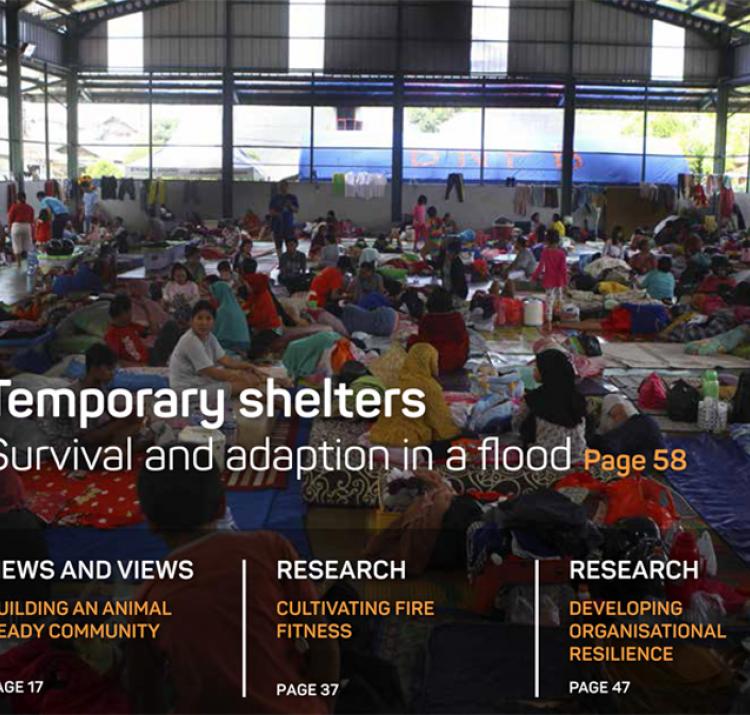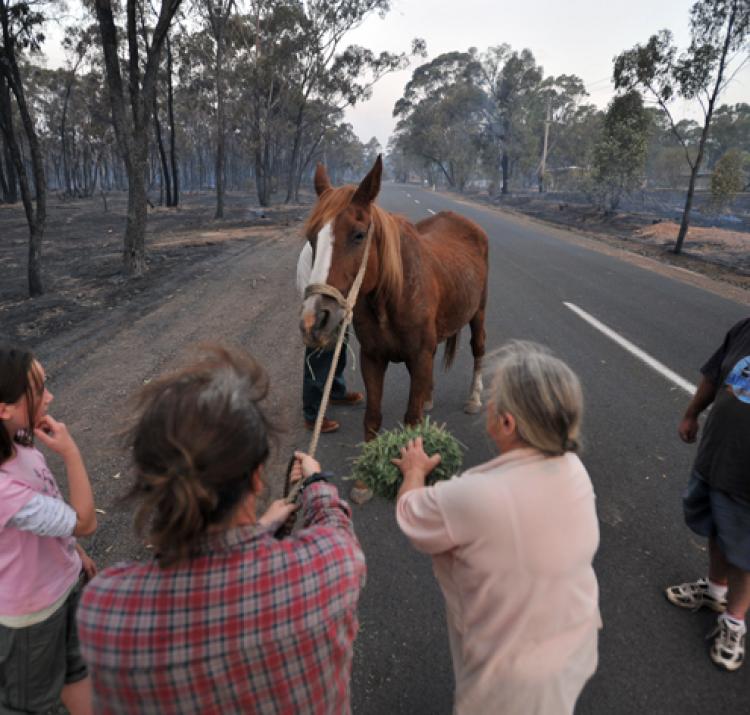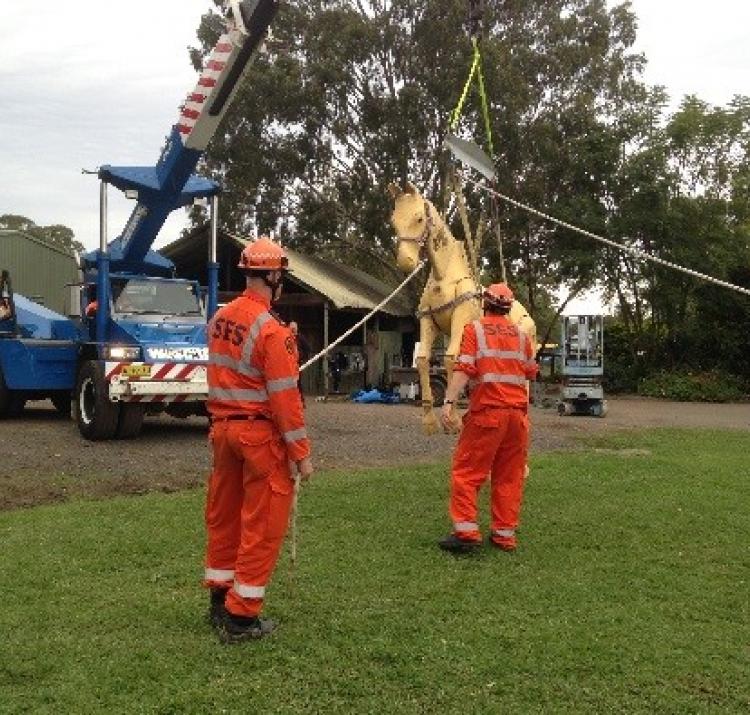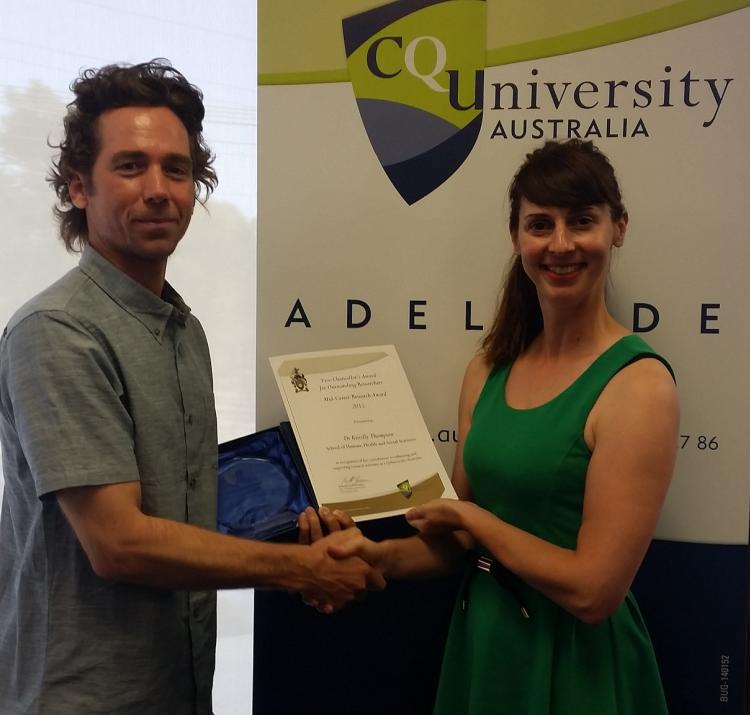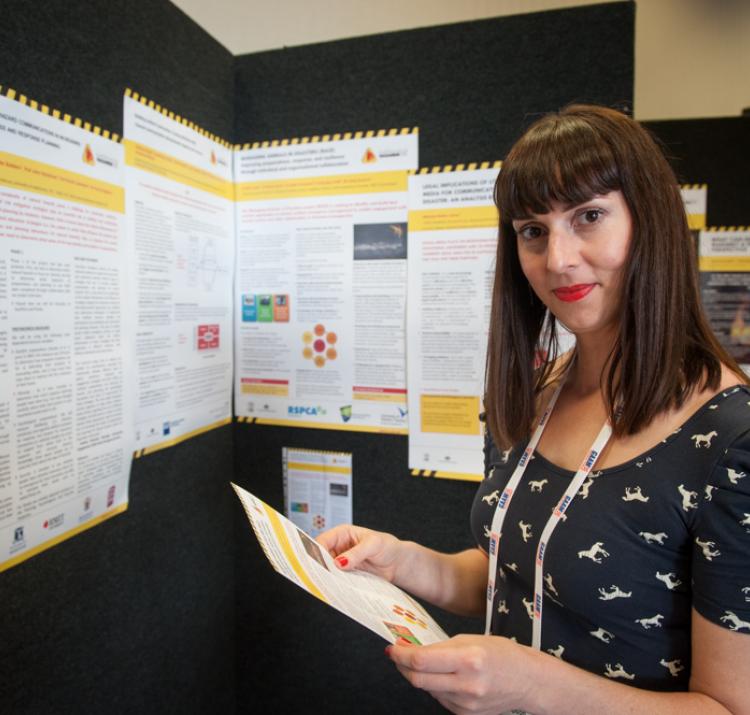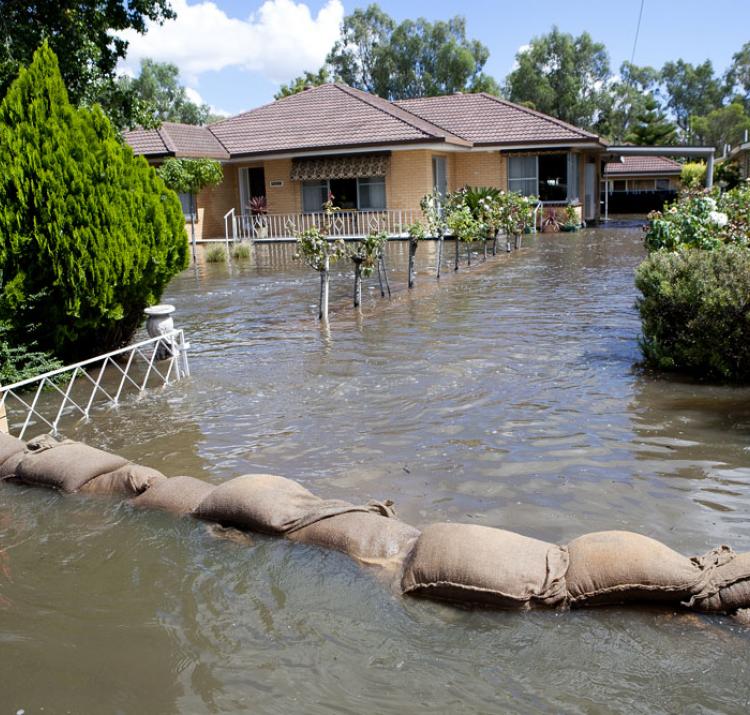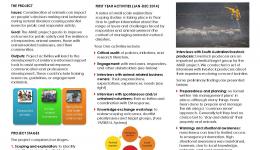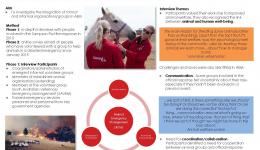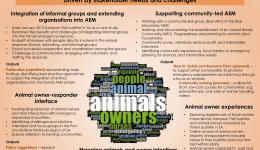Research leader
Research team
End User representatives
Student researchers
During a disaster responsibility for animals lies with the owner. However, owners are often ill-prepared for themselves and their animals, which can lead to people risking their lives by failing to evacuate or evacuating too late, which endangers both human and animal lives. This recognition that animals need to be considered and integrated into emergency management and disaster preparedness, response, and recovery poses additional challenges for traditional responding. Extra preparation, knowledge and skills are required to ensure the safety of animals, their owners, and responders.
In this context, animal emergency management has emerged as a relatively new area, with a more complex and often less experienced set of stakeholders requiring integration and coordination.
Most research in the area has emerged from the United States following extensive and widely-reported animal-related challenges associated with Hurricane Katrina in 2005. Although animal owners in the US and Australia will share many of the same characteristics and behaviours, the emergency management arrangements and typical scale of disasters are quite different, making translation of US research to Australia difficult.
The National Strategy for Disaster Resilience states that communities should be empowered to take shared responsibility for disaster resilience. Animals provide an avenue to connect communities, and to enable community members to work together in disaster preparedness and planning.
This study addressed the lack of Australian research by identifying challenges for end-users and studying the disaster experiences of animal owners and responders. Subsequent publications have led to an extended knowledge base, and identification of best practice approaches.
Case studies were undertaken on the 2015 Sampson Flat bushfire in South Australia, as well as with the Tasmania Fire Service and its Bushfire Ready Neighbourhoods program. The team collaborated with a newly-formed community-led group in the NSW Blue Mountains called Blue Mountains Animal Ready Community (Blue ARC). The research explored a ‘community-to- community’ approach to enhancing awareness, preparedness and planning for animals in emergencies.
Key findings show that over 60% of respondents expected the emergency services would provide information or advice regarding what they could do with their animals in an emergency situation. This expectation was higher than other groups, such as veterinarians or the RSPCA. A generally low level of planning was reflected in the experiences of those who had evacuated during the 2013 fires. Although most respondents reported taking animals with them when they evacuated, some reported leaving a person behind to look after the animals, and others had to choose which animals to leave.
This research will inform the production of a community guide to establishing an animal ready community; a resource that could be used by other communities to promote emergency preparedness and planning through a focus on animals. This will include helpful advice for the steps involved, the networks and collaborations required, how to identify the needs of local animal owners, and suggestions for community activities.
























